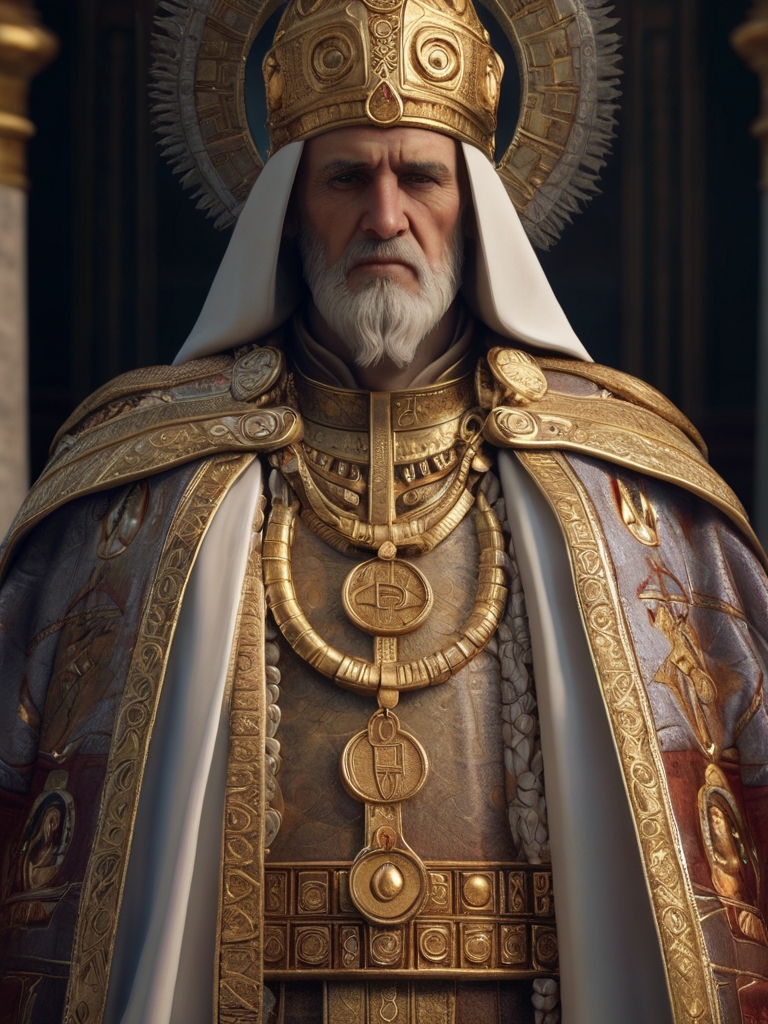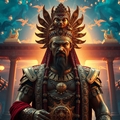Priests and spiritual leaders are defining figures in the world of history and myth, who form a bridge between the divine and human worlds. They appear in different forms in every culture, be it diviners, shamans or monks. Through their drawings, you can now discover the diversity of religion and faith that has given people direction and hope for thousands of years.

Scandinavian Völva. A female fortune teller of Viking culture who uses runes and sacred staffs in her predictions.

Vietnamese Đạo Mẫu Priestess. A priestess of the Vietnamese Mother Goddess cult who leads her spiritual lectures in colorful clothing.

Burmese Nat Priest. The nat is a priest of spirits who performs sacrifices to propitiate supernatural forces.

Korean Mudang (Shaman). She is the female leader of traditional Korean shamanism who leads her rituals with drums and dances.

Taoist Priest. Chinese religious leader who used a robe symbolizing yin-yang harmony and a sacred compass.

Urartu Priest. A priest serving the gods of the ancient kingdom of Urartu, who performed rituals at mountain altars.

Delphian fortune teller (Pythia). The famous fortune teller of the sanctuary of Apollo, who gave her predictions in a trance state.

Lupercus. Priest of the Lupercalia festival who wore clothing made from animal skins and performed fertility rites.

Pontifex Maximus. The supreme leader of Roman religion who presided over all sacred rituals.

Zoroastrian Mobed. A holy priest of fire who wears white robes and a symbolic ring of fire.

Berber Amazigh Priestess. A religious leader of a matriarchal system that revered fertility and lunar cycles.

Congo Nkisi Priest. A spiritual healer who summoned the power of spirits with magical vessels and fetishes.





